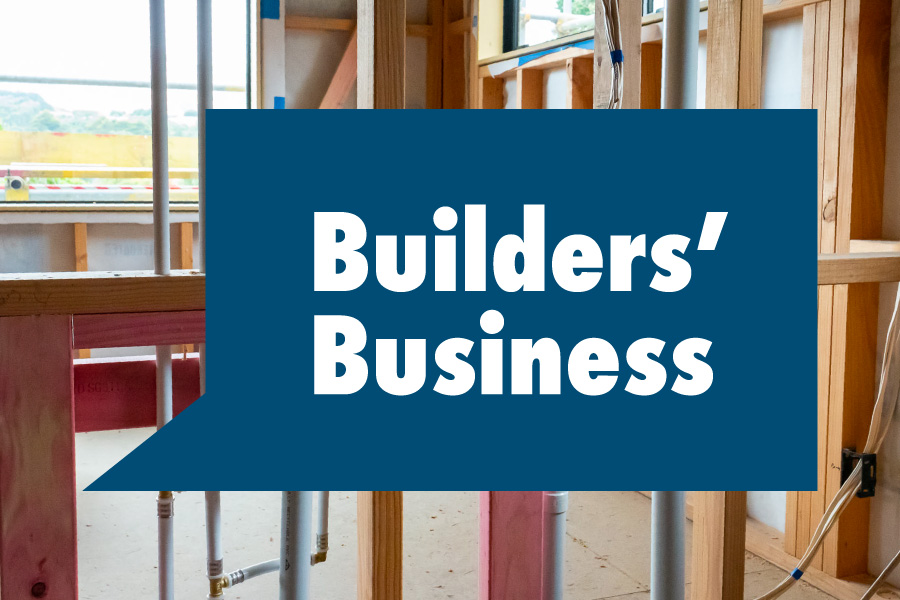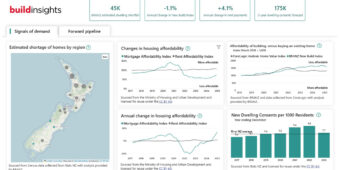Changing attitudes to health & safety
22 Mar 2024, Builders business, News

Builders’ Business is a column by builders for builders. Its objective is to provide a forum, particularly for small business operators, in which to share knowledge, experience, tips and ideas
Q. How has the industry approach to health and safety changed in the past five years – and has the right balance been struck?
Firm: David Reid Homes
Interviewee: Ben Green
Role: Franchisee / Director
Location: Coromandel & Hauraki
Staff: 4
Health and safety legislation is more serious than ever before, which is a good thing, as it means better outcomes for our staff. On the flip side, it has increased costs and slowed work down, as we need to ensure we’re complying with H&S rules.
There has been an emphasis on stricter compliance. The first thing that comes to my mind is scaffolding, which has to be ticketed and checked every week, whereas it was a lot looser in the old days.
I think we’re at a place where the balance between keeping people safe and allowing building work to progress is about right. Everyone deserves to go home at the end of the day and if it means the length of a build is extended by one or two days, that’s fine by me.
It can be difficult to keep up to date with changes – even though organisations like PlaceMakers, Master Builders and MBIE publicise major changes. It’s not easy, but we try and keep up to date as much as we can.
Firm: Sentinal Homes, Counties Franklin
Interviewee: Will Batts
Role: Managing Director
Location: Waikato
Staff: 6
The biggest change to how the industry has approached health and safety in the past five years is the increase in compliance and regulations, particularly in the amount of documentation you need.
I believe that’s good for the industry, as the good builders are already doing a lot of what’s required, so stricter rules force the rest of the industry to adopt better building practices.
A lot of what’s required now should be standard practice for running an efficient site anyway – things like having good communication between trades, a solid idea of where people are working, and cordoning off dangerous areas as needed.
I look at it like this: regulation challenges builders to improve performance, and high performers should want to be challenged in that way.
I also think that current legislation gives builders a lot of flexibility to tailor requirements to their site, which comes back to having good planning and communication and solid processes in place.
Finally, I’m glad to see mental health given more of a focus. For example, MATES does an awesome job of making these conversations more visible and site culture is definitely changing as a result.
Firm: Lifestyle Building
Interviewee: Scott Siffleet
Role: Director
Location: Taranaki
Staff: 6
Health and safety legislation has changed a lot, especially regarding scaffolding and nets. I’ve also seen a big culture shift within the industry. Five years ago, some builders didn’t want to pay the costs to install more scaffolding on site, which made the tendering process unfair, as your pricing would be so different from a builder who wasn’t as committed to health and safety. You rarely see that happen now.
I actually think that having more scaffolding has increased site efficiency. Now, there’s a platform all around a roof, so builders can set up the house first before roofers come onto site, which saves time, as we don’t have to work around unsafe scaffolding anymore.
That said, I think health and safety has gone a little too far. Traffic management, for instance, is a little over the top, as we now need six staff members to help back a truck up.
I’d say the balance was perfect two or three years ago.
Register to earn LBP Points Sign in



